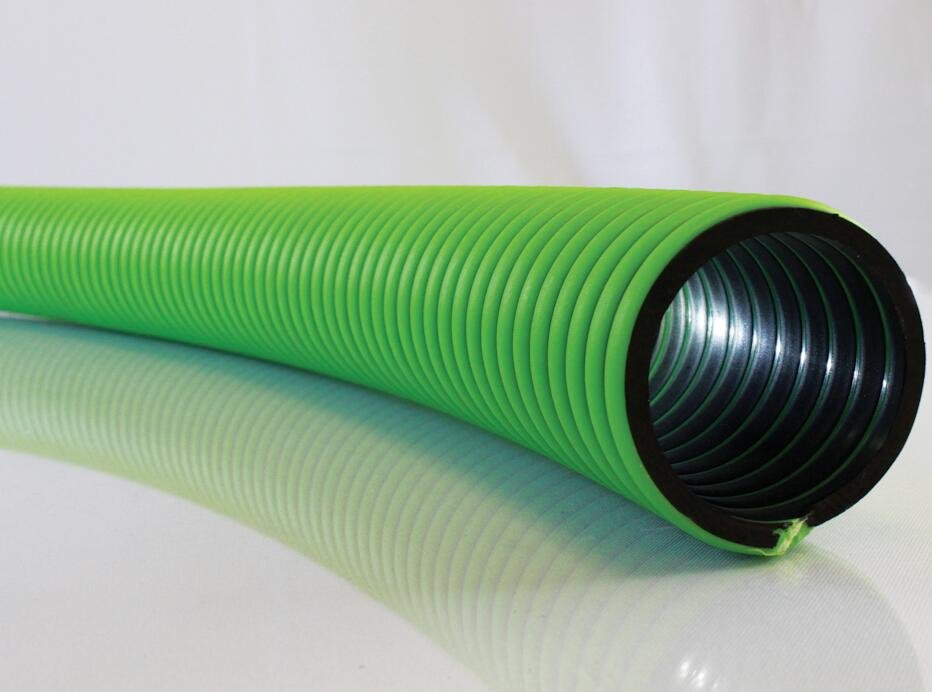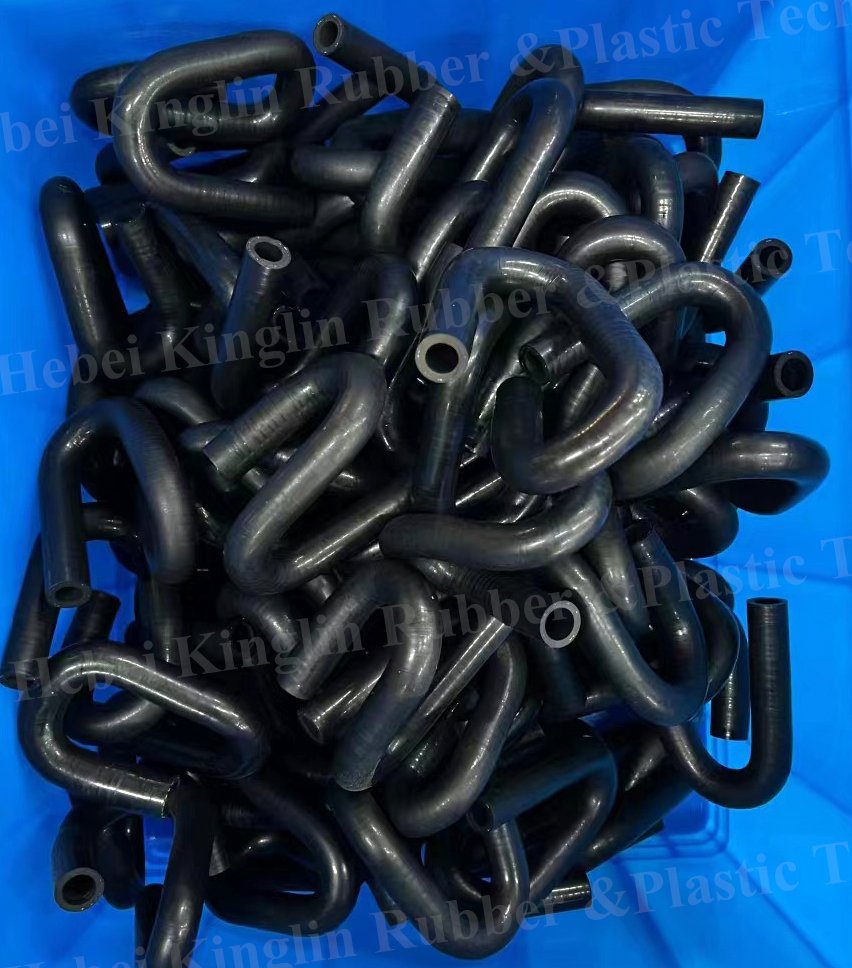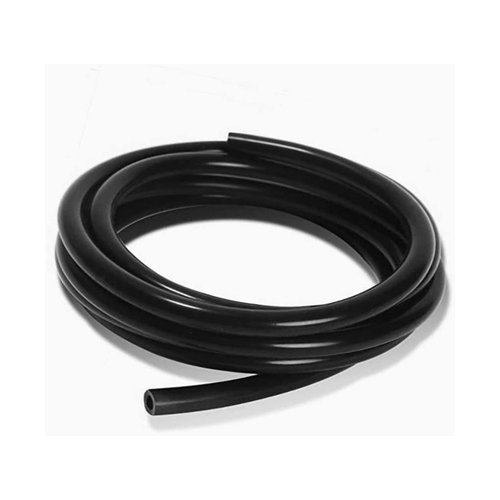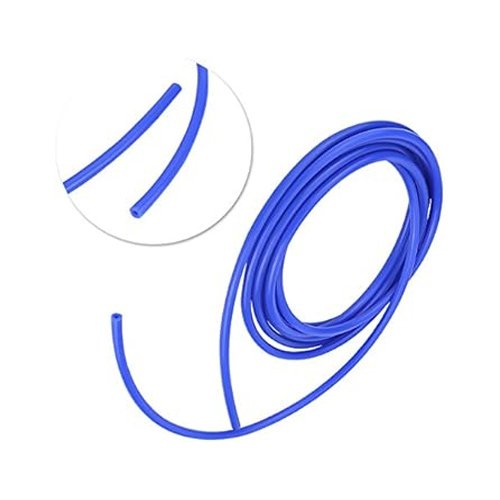Radiator hoses play a critical role in any vehicle’s cooling system. These rubber hoses route hot coolant between the engine and the radiator, allowing the radiator to dissipate heat. Over time, age and exposure to high temperatures cause standard radiator hoses to degrade and eventually fail. Upgrading to modern EPDM radiator hoses offers superior temperature resistance and longevity.
What Is EPDM Rubber?
EPDM stands for Ethylene Propylene Diene Monomer. It is a type of synthetic rubber known for its exceptional heat resistance and durability. EPDM contains no natural rubber latex proteins, making it very ozone and weather resistant. It has become the preferred material for radiator hoses, charge air cooler hoses, and other automotive fluid applications.
Benefits of EPDM Radiator Hoses:
Temperature resistance – EPDM remains flexible in temperatures from -40°F to 300°F. It won’t harden or crack over time.
- Coolant compatibility – Safe for all types of antifreeze. Won’t degrade or become porous.
- Durability – EPDM has 5x the life expectancy of standard rubber hoses.
- Leak-proof – Excellent ozone/weathering resistance prevents cracking.
- Pressure capacity – Reinforced EPDM can handle pressures over 100 PSI.
- Easy installation – Maintains shape; less prone to kinks than other materials.
As you can see, EPDM excels in all the properties you want from replacement radiator hoses. They simply outperform standard rubber hoses. Vehicles with EPDM stay on the road longer with fewer overheating issues and leaks.
Identifying and Replacing Old Hoses
Radiator hoses slowly degrade from the inside out. Some signs of aging include:
- Surface cracking, flaking, or mushy outer coating
- Damaged, distorted, or swollen sections
- Hardened or stiff sections of hose
- Weeping or seepage through tiny cracks
Catching deterioration early allows radiator hoses to be replaced before catastrophic failure occurs. If hoses older than 5 years, replacing them as preventive maintenance is recommended. Always replace hoses in pairs – don’t just change one.
When selecting new EPDM replacement hoses, check dimensions and bending angles carefully. Use quality branded hoses that meet or exceed OEM specifications. Proper installation is also key – avoid over-tightening clamps or introducing kinks. Take time to properly route hoses while providing sufficient clearance from moving parts and hot components like the exhaust.
Maintaining Optimal Cooling System Health
Upgrading old radiator hoses is one of the best ways to improve the cooling system’s reliability. But there are additional maintenance steps that help ensure optimal performance:
- Flush/replace coolant every 5 years or 60k miles
- Replace thermostat periodically
- Check radiator cap seal and pressure
- Ensure electric fans work properly
- Clean debris from A/C condenser
- Check water pump/belts for wear
- Verify proper coolant mix (50/50)
- Upgrade radiator if needed
- Clean corrosion from battery cables
By combining new EPDM hoses with comprehensive cooling system maintenance, engine operating temperatures will be consistent, stable, and right in the optimum range. That avoids overheating issues, reduces leaks, and prevents damage to expensive components like the head gasket or engine block.
Give Your Engine Better Protection
EPDM radiator hoses are the hot ticket upgrade for a more durable, leak-free cooling system. Their unbeatable temperature and chemical resistance keeps engines running cool. Compare EPDM’s real-world benefits to standard rubber hoses:
EPDM Rubber Hoses:
- Prevents cracking/leaks
- Lasts 5-10 years
- Handles temperature extremes
- Maintains flexibility
- Resists coolant breakdown
Standard Rubber Hoses:
- Degrade and harden over time
- Life expectancy of only 2-3 years
- Get brittle and crack
- Can’t withstand heat cycles
- Prone to swelling and leaks




